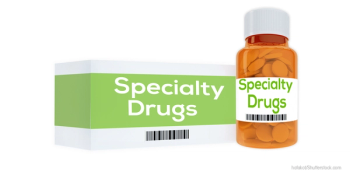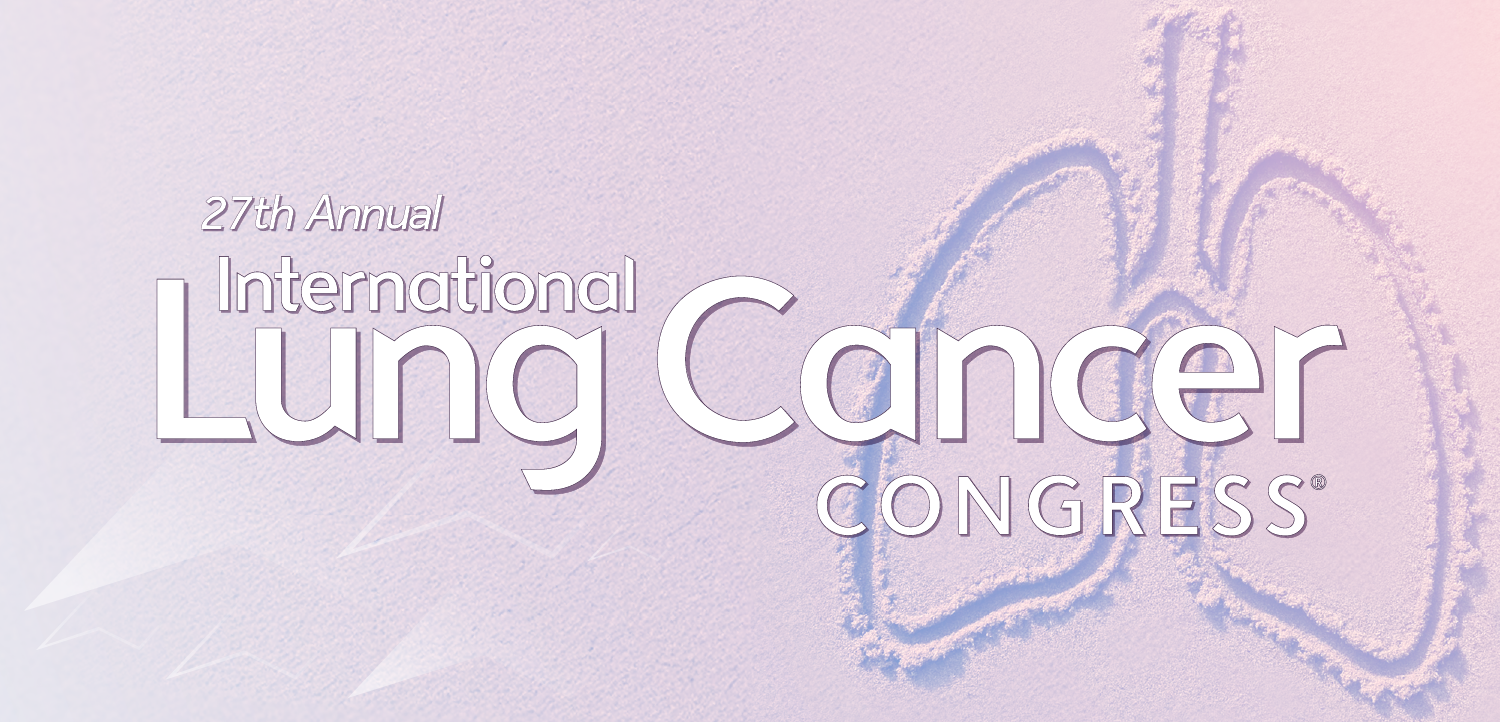
Breast Cancer Mortality Drops 44%, ACS Reports
Although many women are living longer after a breast cancer diagnosis, inequalities persist.
Breast cancer death rates overall have dropped 44% since 1989, which equals about 517,900 averted deaths, the latest American Cancer Society Breast Cancer Facts and Figures 2024-2025 report
Inequalities are especially prevalent in communities of color. Breast cancer death rates for American Indian and Alaska Native (AIAN) women have remained unchanged. Although AIAN women have a 10% lower breast cancer incidence rate than White women, they have a 6% higher mortality. Since the year 2000, only 51% of AIAN women aged 40 or older have had a mammogram in the past two years while 68% of White women have had a mammogram in the past two years, according to
Asian American/Pacific Islander (AAPI) women of any age experienced an increased breast cancer diagnosis average of 2.5% per year in women ages 20–49 year's and 2.7% per year in women ages 50 and older, the fastest increase in breast cancer incidence. This is followed by the rates of Hispanic women, who saw a breast cancer increase of 2.4% and 1.6% per year, respectively.
Black women also continue to be disproportionately affected. They have a 38% higher breast cancer mortality rate than White women, as well as a lower survival rate for every cancer stage other than localized disease (58% vs. 68%).
“Women today are a lot less likely to die from breast cancer, but alarming disparities still remain, especially for Asian American, Pacific Islander, Native American and Black women,” said
In May 2024, the ACS addressed ongoing inequalities surrounding Black women with breast cancer with the launch of the
Newsletter
Get the latest industry news, event updates, and more from Managed healthcare Executive.


















































